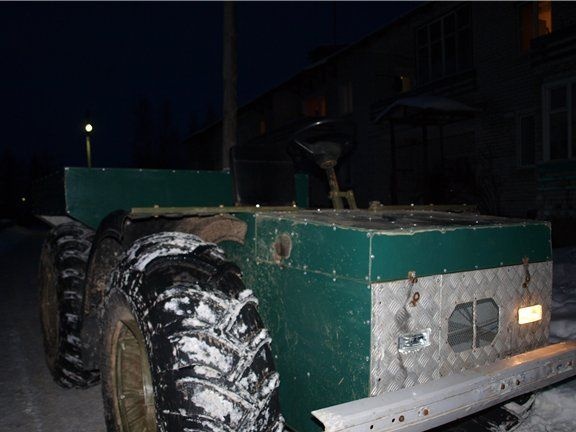
The all-terrain vehicle built by the author solely for the needs of movement on timber roads and swamps. These are the road conditions in the area where the author loves to hunt. The transmission of this machine is based on a chain drive, but despite this, it can accelerate to 50 kilometers per hour and the chassis can withstand the load.
Materials and units used by the author to create this machine:
1) 15 hp Rustail internal combustion engine
2) CVT Safari
3) gearbox from vaz 2101
4) bridges from a classic vase
5) the steering knuckle from Oise
6) Tires OI-25
7) hydraulic transmission brake
8) steering m2141
9) K-605 Lockers
Consider in more detail the stages of construction of an all-terrain vehicle:
To begin with, the author made an all-terrain vehicle frame. For its construction, welding and a profile pipe were used:
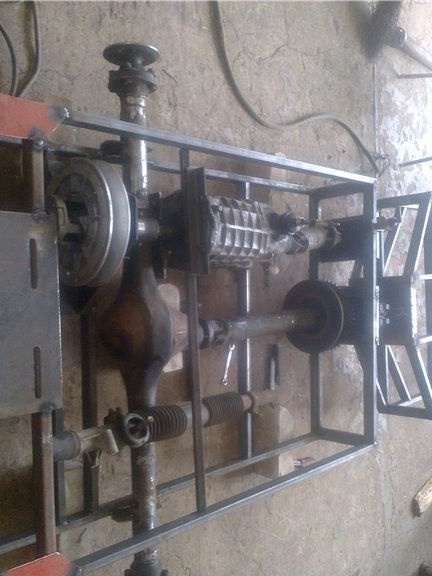
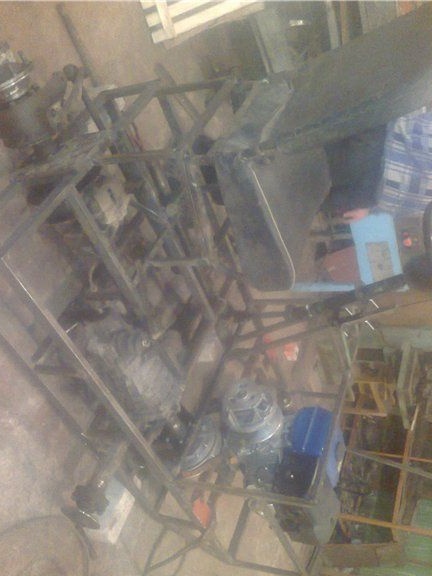
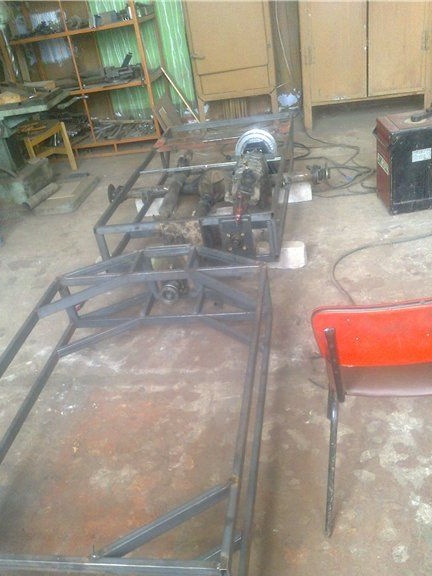
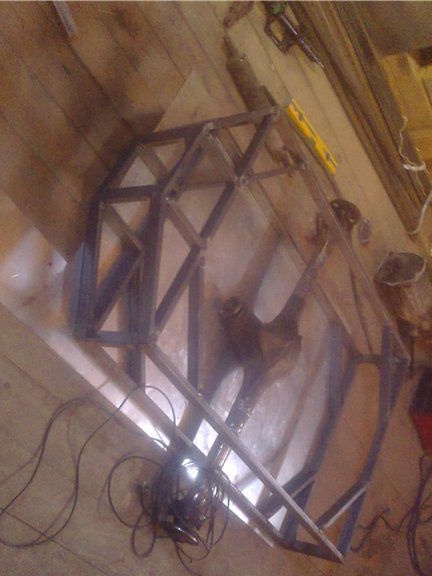
Then, an engine with a CVT and a driven disk was installed on the all-terrain vehicle:
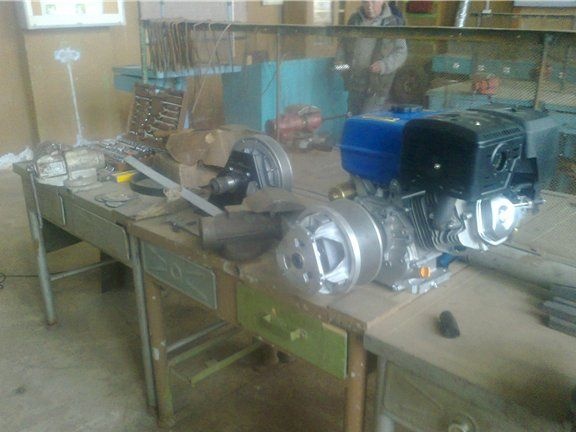
The variator is easily installed with the engine, since this model The variator safari carriages are specially made for similar engines, depending on the diameter and shape of the output shaft, in this case, a d25 mm shaft with a veneer groove. thus, the variator is simply put on the shaft and fixed with a bolt. Which is pretty convenient.
Then the author began work on the transmission of an all-terrain vehicle:
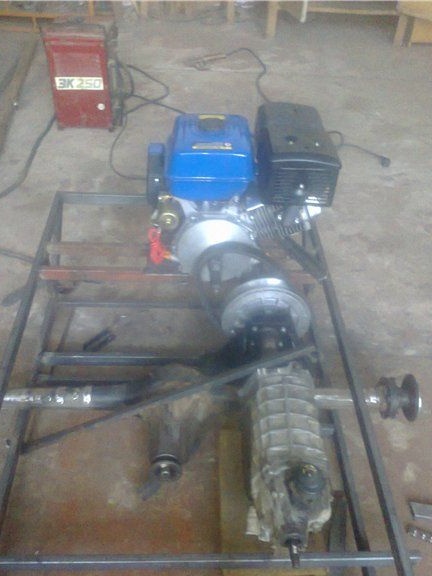
The wheels for the wheels of the car were made:
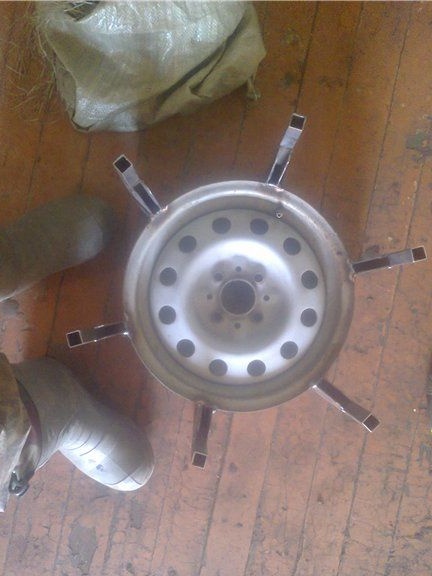
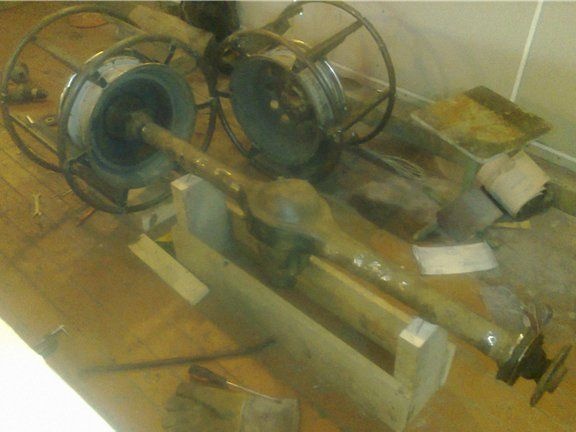
Wheel assembly:
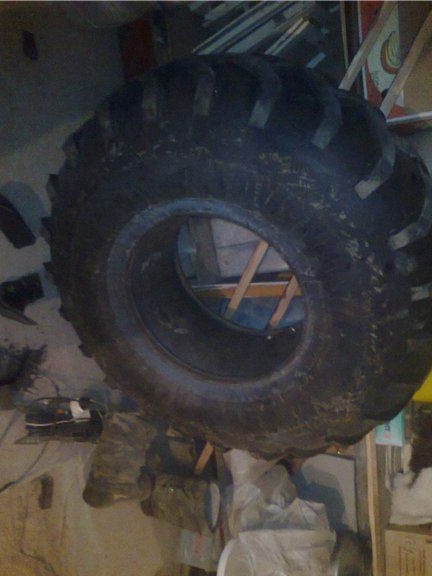
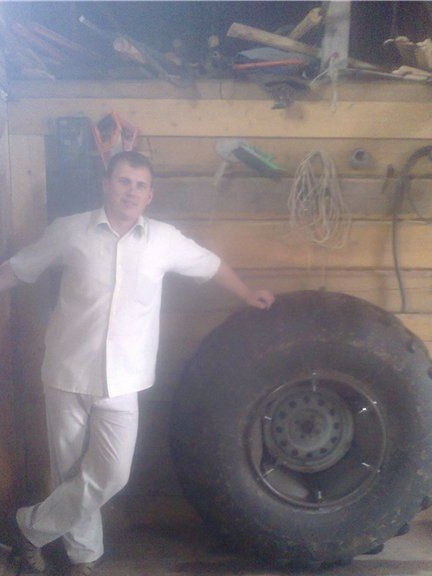
Creation of a fracture assembly for all-terrain vehicle frames:

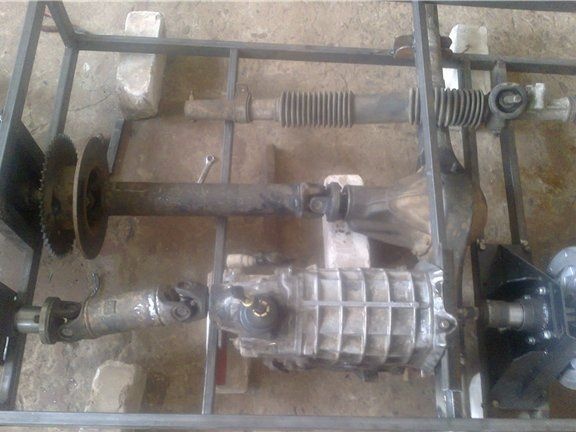
Final work on the all-terrain vehicle transmission:
And in this photo you can see the angle of rotation of the propeller shaft:
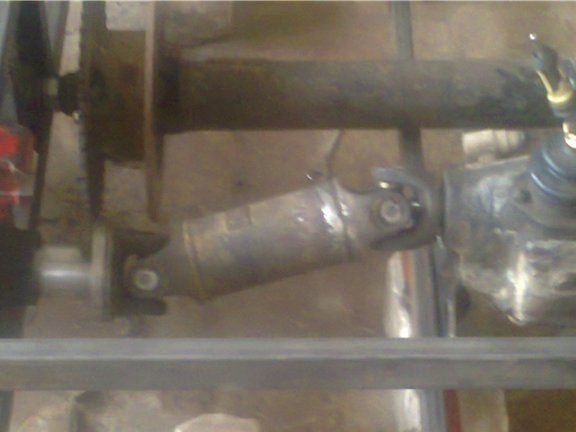
As you can see, the angle would not hurt to reduce, but technically it is too difficult, in addition, the driveshaft is easily screwed on with your hands and the caraca begins to move. The longitudinal degree of freedom is ensured by a spline shaft in the form of a cardan shaft on the inside, as well as a spline and an external spline secondary shaft of the gearbox, so it turns out that the cardan shaft is simply put on the splines of the gearbox and if you unscrew the bolts of the tension plate, the cardan will be removed from the gearbox shaft.
If the cardan shaft was left without a splined shaft, it would not be possible to tighten the chain, due to the fact that when the tensioner plate is moved, the length of the cardan shaft changes.
Regarding the reliability of such a design, I would like to note that the slots are just the same and are needed to withstand breaking for a long time. On standard vehicles, splined gears run for years and do not wear out, so in this case the splines of the secondary shaft will last for a long time.
Someone may think that not screwing the propeller shaft fork to the gearbox is not a completely technically correct solution, but it works, and this is the main thing. A similar scheme works great on classic gearboxes with chain gears. This connection has not been tested by time on one all-terrain vehicle model. The only thing that needs to be done is to grind the plug from 36 mm to 32 under the gearbox oil seal, otherwise the oil seal will wear out too quickly and stop holding the desired oil level.
And here is the front half of the all-terrain vehicle:
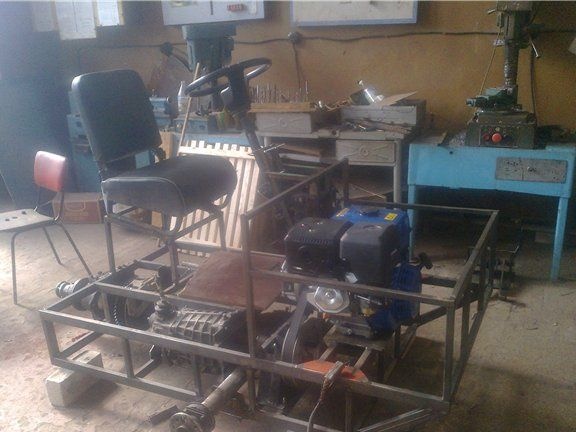
But in this form, the all-terrain vehicle began to test:
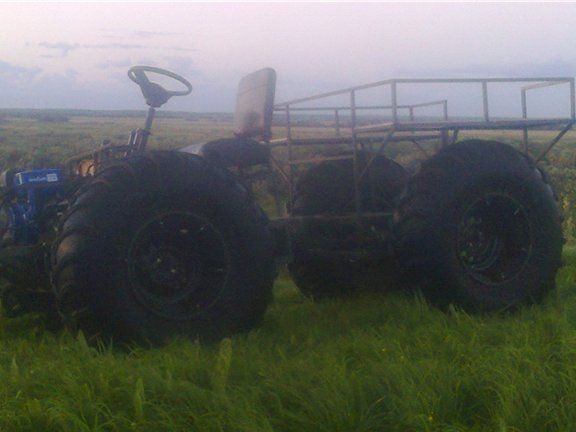
Then the author proceeded to test the all-terrain vehicle. In the course of testing, a design flaw of the adapter flange from the driven shaft of the variator to the input shaft of the gearbox was revealed. Due to the loads on this part, it is subject to rapid wear and tear, the flange machined from the clutch disc is completely worn out in just 150-200 kilometers, and therefore requires replacement . Of course, such wear is not critical for an all-terrain vehicle, but in order to increase the duration of the part, the author decided to make this spline from a clutch plate of the VAZ-2106, it turned out to be the longest. A grease nipple is screwed into the flange for stuffing the grease, just like the design in the Oise steering knuckle.
After carrying out such upgrades, the problem was partially solved, however, it will be completely clear only after another 300 kilometers traveled on an all-terrain vehicle.
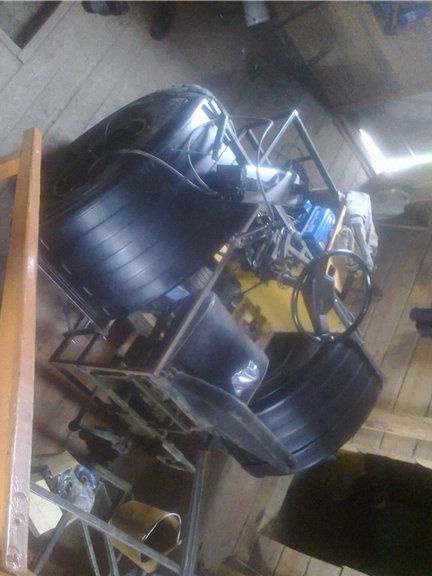
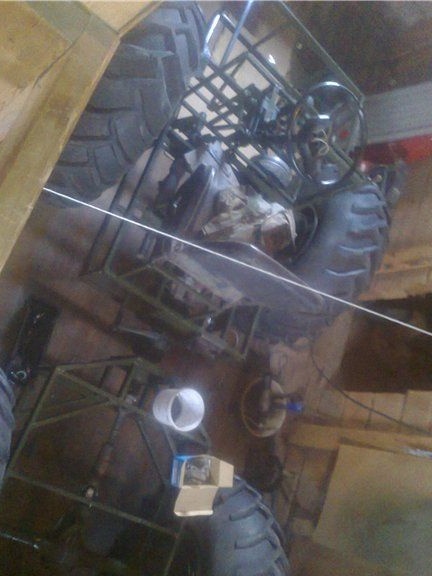
The all-terrain vehicle is capable of speeds up to 50 kilometers an hour in fourth gear on a flat road. At such a speed, the chain gearbox behaves quite well. the gearbox used a chain with a pitch of 19.05 Japanese production with oil seals on each link. The chain is very good, strong, and can withstand loads. One meter of such a chain costs one and a half thousand rubles.
Lockers from Kamaz k-650 were installed on the front wheels.
To change gears on the go, slightly reduce engine speed.
The author also plans to install the front glass from the rear door of the Oka and do minor additional work on the appearance of the car.
The author of the all-terrain vehicle: Victor Voronin from the Arkhangelsk region with the same nickname on moon rovers.
